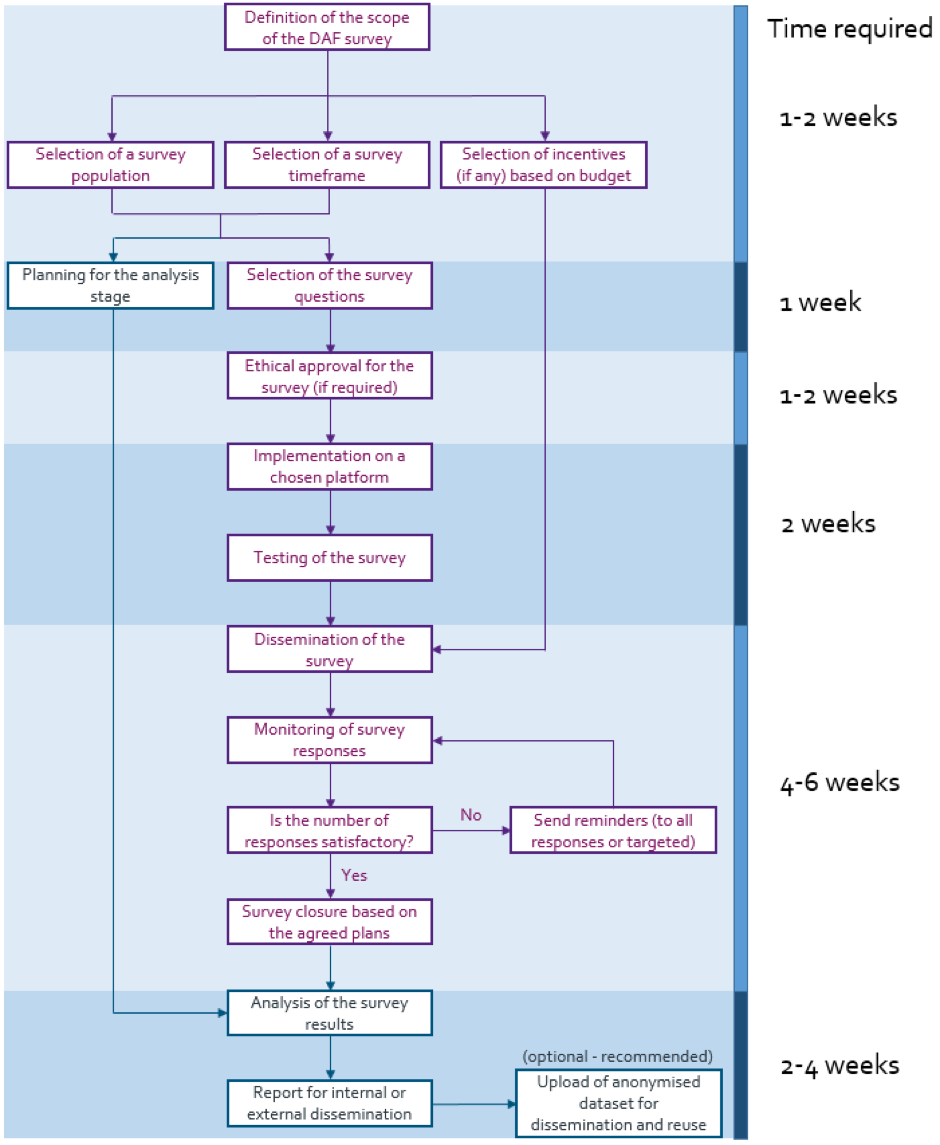 By Rob Johnson, Research Consulting
By Rob Johnson, Research Consulting
‘So tell me what you want, what you really, really want’ sang the Spice Girls back in 1996. I’m pretty sure they didn’t have research data in mind at the time, but 20 years on we’ve been asking the same question of researchers in relation to Jisc’s research data shared service (RDSS).
The RDSS will allow researchers to deposit data for publication, discovery, safe storage, long term archiving and preservation. This raises a whole range of different questions, including:
- What forms of data do researchers have?
- How much data are we talking about?
- Where do they store their data currently?
- Who else needs access to it?
- How long does the data need to be kept?
- What motivates researcher to share their data – or to keep it closed?
Over the course of 2016 we’ve been working with Jisc and the RDSS pilot institutions to try to find some answers…
Good news….
Fortunately, we weren’t the first to look at these questions. Back in 2009, the Data Asset Framework (formerly Data Audit Framework) was developed to help organisations identify, locate, describe and assess how they are managing their research data assets. It relies on a combination of surveys and interviews to gather the necessary information, and we chose to follow a similar approach. Even better, six of the RDSS pilot institutions had already run a DAF survey within the last couple of years, which provided us with some ready-made data.
…and bad news
However, when we came to analyse this data, we found that every institution had tweaked the survey questions to some extent, leaving us with a set of individually valid results that could not be meaningfully aggregated. What is more, the research data landscape has evolved rapidly since 2009. Funder policies on data-sharing are much more demanding, the use of current research information systems is more widespread, and new services such as ORCID and DataCite have emerged. As a result, a lot of the information we needed to know wasn’t covered by the original Data Asset Framework question set.
Bringing things up to date
The obvious solution was to develop a new version of the survey – predictably called the 2016 DAF survey. Using the 2009 version as a starting point, we drew on the collective wisdom of Jisc staff and the RDSS pilot institutions to develop a revised question set between April and June this year. The new survey was then run by six of the RDSS pilots in July and August 2016:
- The CREST consortium
- Lancaster University
- Plymouth University
- the Royal College of Music
- the University of Cambridge, and
- the University of St Andrews
So what did we learn?
Over the last few months we’ve been sifting through the data gathered from these six surveys, which included 1,185 unique responses. For a few of the headline results, see the slideshow.
The survey data allows us to draw some broader conclusions on the current state of research data management in the UK:
- The RDSS can fill an important gap – 75% of researchers look first to their institution to preserve their data – but we know a lot of institutions can’t fully meet this need at present. This is where the RDSS can help.
- Access to institutional support for RDM remains low – Only 16% of respondents are currently accessing university RDM support services. This is a twofold challenge: institutions not only need to make appropriate support services available, but also make researchers aware that they exist.
- We are pushing at an open door – 68% of respondents either already share data, or expect to do so in the future. Most of them do so because they believe that research is a public good which should be open to all. We just need to make data-sharing easier.
- We still have a long way to go – Only 40% of respondents currently have a research data management plan, and only 18% follow established metadata standard or guidelines. Delivering change will take time.
If you’d like to know more, our full report on the survey results is now available, and the anonymised raw dataset is also available at this link.
A new DAF toolkit
Our work was intended not only to inform requirements for the RDSS, but also to develop resources that could be re-used by HEI’s and other relevant stakeholders. We’ve therefore put together a new DAF toolkit that outlines the steps involved in running a DAF survey, and makes recommendations on how to approach them.

As well as providing the full question set used in the 2016 surveys, it details lessons learned from the six pilots. We hope it will be of value to others in finding out what their researchers really, really want when it comes to research data management.


